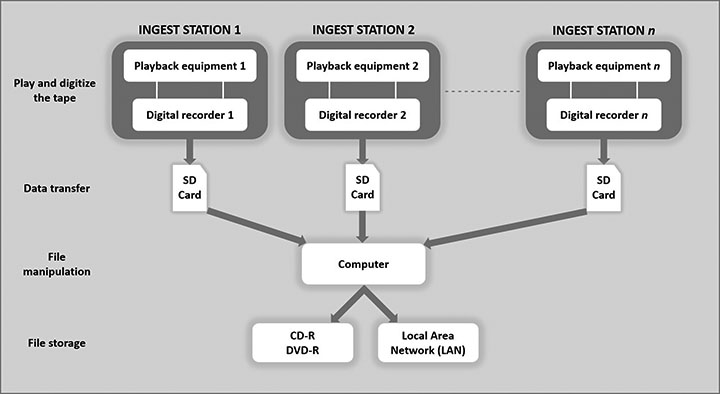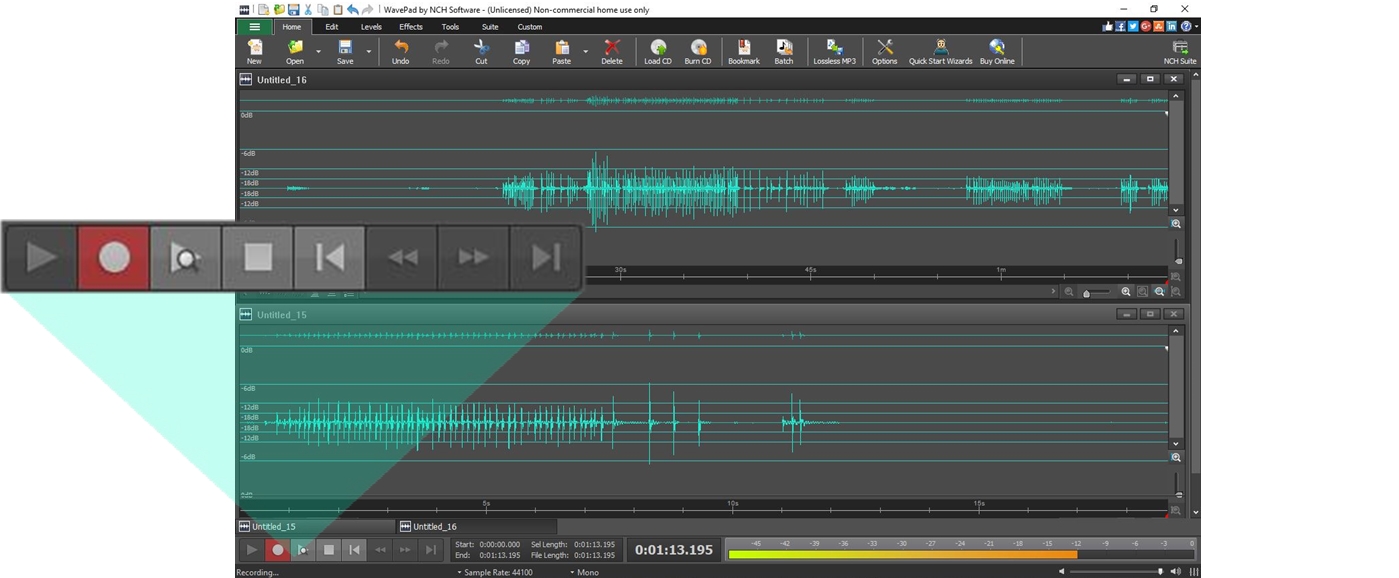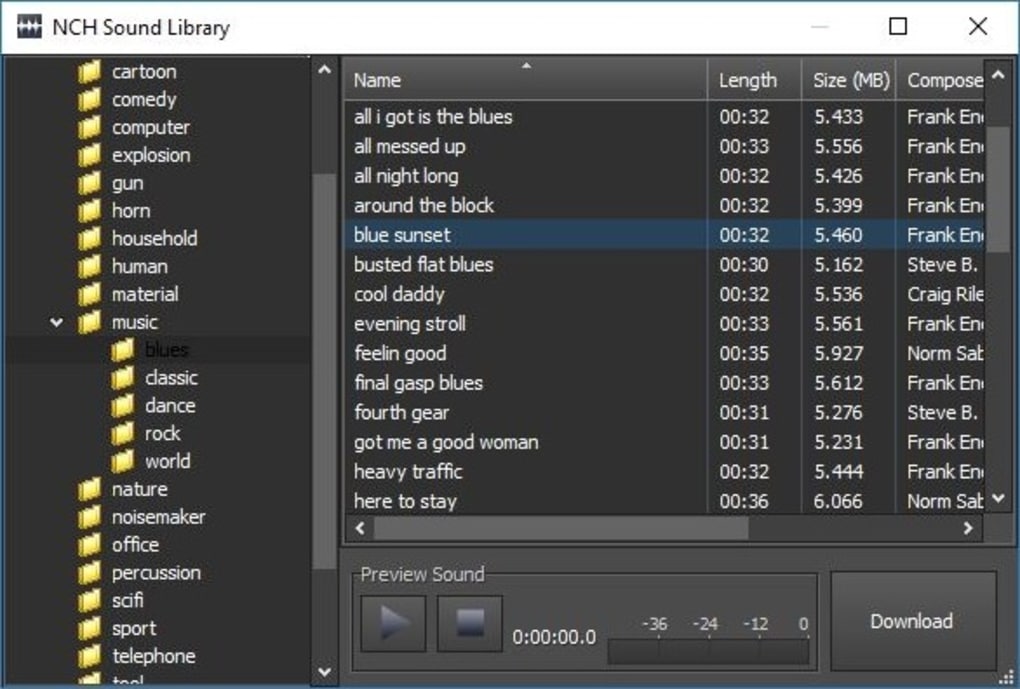
By 1962, the Vienna division of Philips developed a single-hole cassette, adapted from its German described name Einloch-Kassette.

In the early 1960s Philips Eindhoven tasked two different teams to design a tape cartridge for thinner and narrower tape compared to what was used in reel-to-reel tape recorders. Reel-to-reel tape then became more suitable for household use, but still remained an esoteric product. This was aided by the introduction of transistors which replaced the bulky, fragile, and costly vacuum tubes of earlier designs. Despite the multiple versions, it failed.Ĭonsumer use of magnetic tape machines took off in the early 1960s, after playback machines reached a comfortable, user-friendly design. The cartridge was large at 5 x 7 1/8 x 1/2 inches (127 x 197 x 13 mm), and few pre-recorded tapes were offered. In 1958, following four years of development, RCA Victor introduced the stereo, quarter-inch, reversible, reel-to-reel RCA tape cartridge. By 1953, 1 million US homes had tape machines. First used in studios to record radio programs, tape recorders quickly found their way into schools and homes. In the US, Ampex, using equipment obtained in Germany as a starting point, began commercial production of tape recorders. These machines were very expensive and relatively difficult to use and were therefore used mostly by professionals in radio stations and recording studios.Īfter the Second World War, the magnetic tape recording technology proliferated across the world.

It was based on the invention of the magnetic tape by Fritz Pfleumer in 1928. In 1935, AEG released the first reel-to-reel tape recorder with the commercial name " Magnetophon". This reversal is achieved either by flipping the cassette, or by the reversal of tape movement ("auto-reverse") when the mechanism detects that the tape has come to an end. Two stereo pairs of tracks (four total) or two monaural audio tracks are available on the tape one stereo pair or one monophonic track is played or recorded when the tape is moving in one direction and the second (pair) when moving in the other direction. The tape itself is commonly referred to as "eighth-inch" tape, supposedly 1⁄ 8 inch (3.17 mm) wide, but it is slightly larger: 0.15 inches (3.81 mm). These spools and their attendant parts are held inside a protective plastic shell which is 4 by 2.5 by 0.5 inches (10 cm × 6.3 cm × 1.3 cm) at its largest dimensions. Ĭompact Cassettes contain two miniature spools, between which the magnetically coated, polyester-type plastic film (magnetic tape) is passed and wound.

From the early 1970s to mid-2000s, the cassette was one of the two most common formats for prerecorded music, first alongside the LP record and later the compact disc (CD). The first cassette player (although mono) designed for use in car dashboards was introduced in 1968.
HOW TO USE WAVEPAD TO TRANSFER CASSETTE TAPES ONTO COMPUTER PORTABLE
Its uses ranged from portable audio to home recording to data storage for early microcomputers. The compact cassette technology was originally designed for dictation machines, but improvements in fidelity led the Compact Cassette to supplant the stereo 8-track cartridge and reel-to-reel tape recording in most non-professional applications. Both forms have two sides and are reversible by the user. Compact Cassettes come in two forms, either already containing content as a prerecorded cassette (Musicassette), or as a fully recordable "blank" cassette. It was developed by the Dutch company Philips in Hasselt, Belgium, by Lou Ottens and his team. The Compact Cassette ( CC) or Musicassette ( MC), also commonly called the tape cassette, cassette tape, audio cassette, or simply tape or cassette, is an analog magnetic tape recording format for audio recording and playback. Most commonly 30, 45 and 60 minutes per side (C60, C90, and C120)


 0 kommentar(er)
0 kommentar(er)
